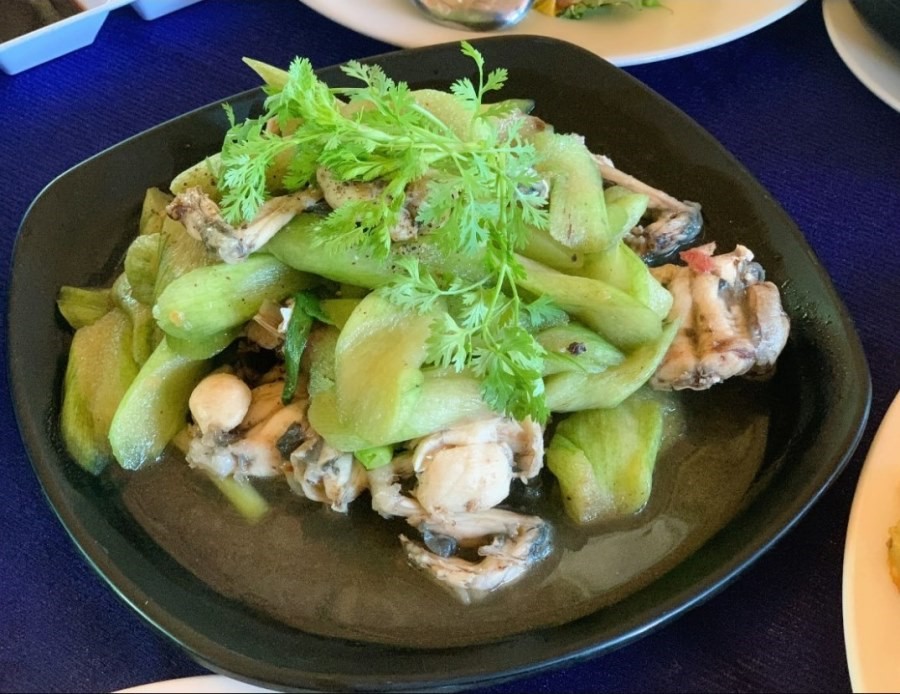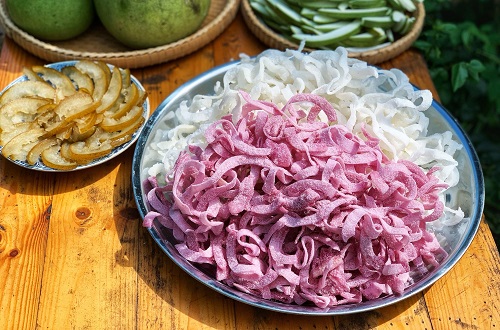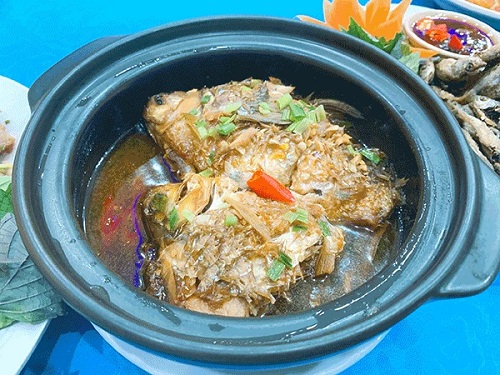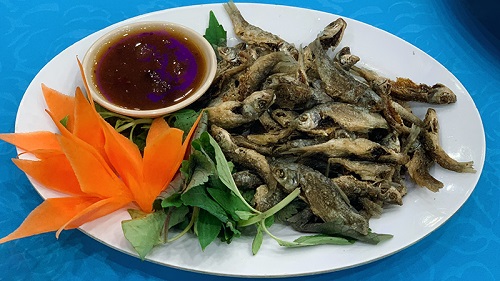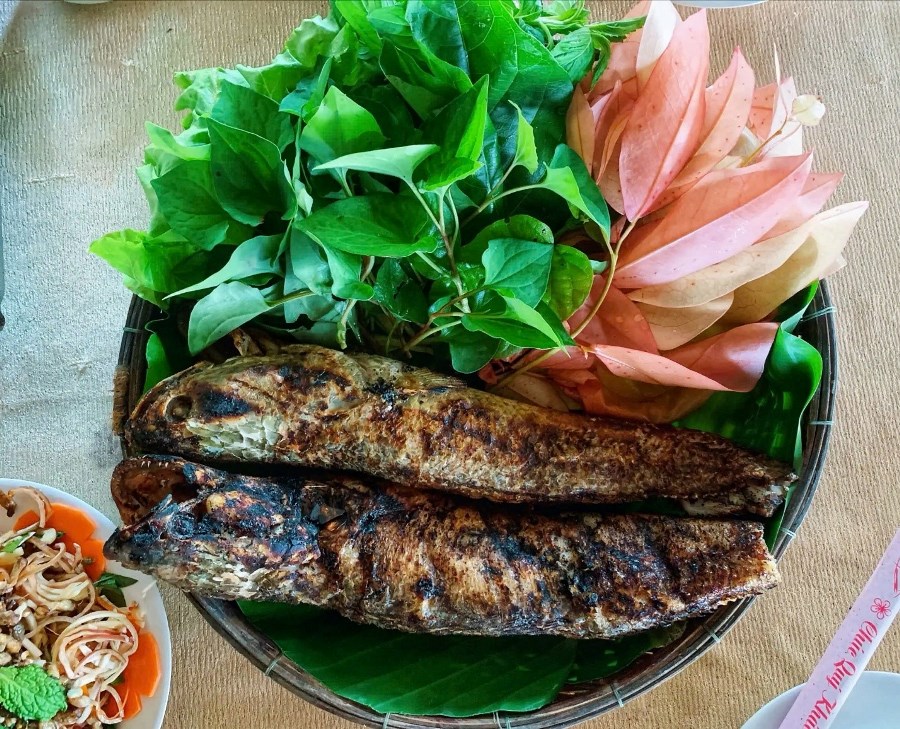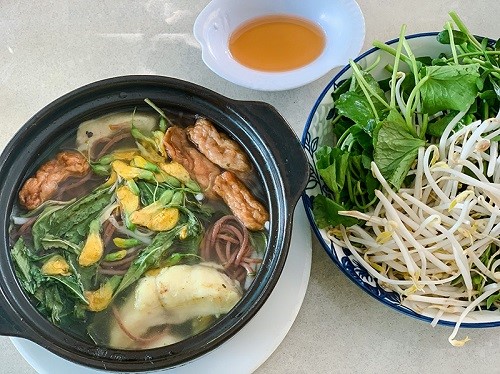
Development is not commensurate with the potential advantages
According to the Ministry of Planning and Investment, the tourism sector of the Mekong Delta region is one of the most important driving forces of economic development in the upcoming years. Thanks to diverse and unique tourism resources including beautiful landscapes, waterways, lifestyle, diverse flora and fauna, and hospitality of the local people, the Mekong Delta plays an important role in Vietnam's tourism development.
The year 2018 marked the strong development of the region’s tourism sector. Specifically, Mekong Delta welcomed nearly 30 million tourists, of which domestic tourists accounted for about 90%. During this period, tourism revenue increased from 6,000 to 24,000 billion. However, this figure is relatively low compared to other regions in Vietnam.
The tourism sector is extremely important to the region’s development in the future because it is a labor-intensive industry that does not require specialized skills in some positions, thus can quickly absorb surplus labor from other sectors, like agriculture for example.
Typically, Phu Quoc Island (Kien Giang) has developed into an important tourist center of the region. Other places also have impressive developments such as Long - Lan - Quy - Phung (Ben Tre, Tien Giang), Can Tho city, Ca Mau Cape, Tram Chim National Park (Dong Thap), Sam Mountain (An Giang), Ha Tien, Kien Luong and Kien Hai island districts (Kien Giang).
One of the biggest problems is the length of stay of inbound tourists in the region which is usually very short, about 1.95 days on average. This number is 1.7 days on average for domestic visitors. This shows the need to improve product marketing and improve the quality of the experience. The lack of overall accessibility, the long trips, and the scatter of tourist attractions across a wide area can significantly impact travelers' time management, thus making it difficult to organize a tour. It is also possible that provinces compete to attract tourists while not making a clear difference in tourism products, leading to a situation where there are many attractions but lacking targeted advertising.
Tourism development in the region is facing some major challenges such as maintaining natural and cultural heritages and minimizing infrastructure constraints. Accessibility is expected to increase due to road improvements and airport expansion, which will facilitate the future development of the tourism industry. This region needs to find a niche in the national and international tourist market. Apart from Phu Quoc, there is no clear site in the Mekong Delta that can allow for large-scale, world-class tourism projects. Cruise on the river will be the main product of mass tourism development in the Mekong Delta.
Brand Building for Mekong Delta’s tourism in 5 areas

Phu Quoc island is an attractive destination for foreign tourists. Photo: Huynh Bien
According to the Ministry of Planning and Investment, in order to develop tourism in some key areas, it is necessary to invest in technical infrastructures such as roads, electricity, water, hotels, tourism services, commercial centers, and other tourism projects. However, at present, the tourism sector in this area is limited in quality and quantity, so the opportunities to achieve these investments are very small. The tourism potential of the Mekong Delta is discovered by recent studies initiated by Can Tho City and conducted by the Boston Consulting Group. Total tourist spending in the region is expected to reach $ 4 billion by 2030, with 19 million tourists staying overnight.
These goals are forecasted based on the building of the regional tourism brand and the formation of a professional management system in regional linkage. This study has demonstrated 5 areas to develop tourism brands in the Mekong Delta. Specifically, they are the story of the Southern Land, tours on the Mekong River, exploring the Mekong Delta region, destinations for businesses, and entertainment. To solve the problem in these fields, tourism development in Phu Quoc will focus on entertainment. Ninh Kieu Wharf (Can Tho) is capable of supporting tourism activities on the Mekong river. The tourism development demand in the Mekong Delta includes various qualitative considerations for sustainability.
Rapid tourism growth without proper management can negatively affect the natural, cultural, and urban heritage, as well as causing undesirable consequences on society. Without proper management and planning, the new opportunities offered by transport infrastructure development may not be used for tourism development in the Mekong Delta.
The main challenge for the region is how to manage this rapid growth to ensure that tourists are provided with a wide variety of high-quality products that benefit the people and actively contribute to the conservation of the environment and the region's rich cultural heritage. To solve this problem, establishing new tourist destinations in Ca Mau Cape (Nam Can National Tourist Area - Ca Mau) and developing ecosystem - national tourism in U Minh Ha National Park (Kien Giang) are diversified motivational sources to encourage ecotourism. Although the socio-economic impact will ultimately depend on many different factors, it is possible to develop models of sustainable tourism in natural heritage sites following sustainability standards by improving water quality through effective waste management. Moreover, it is vital to develop and efficiently use local supply chains to reduce shipping pressure; engage local communities in managing the sites, and enable them to benefit directly from tourism activities.
Organic agriculture and various forms of ecotourism including agro-ecotourism will increase the number of tourists visiting the Mekong Delta. Tourists can visit organic farms, collect ingredients for cooking classes, explore mangrove forests and melaleuca forests. Moreover, they can visit rehabilitation sites including the inland forest in Dong Thap province, go fishing on the lotus field, enjoy the fresh fruits in some orchards in Ben Tre province, Tien Giang province, and discover the “kingdom of pepper” in Phu Quoc island, etc.
Source: Can Tho Newspaper - Translated by Hoang Dat







